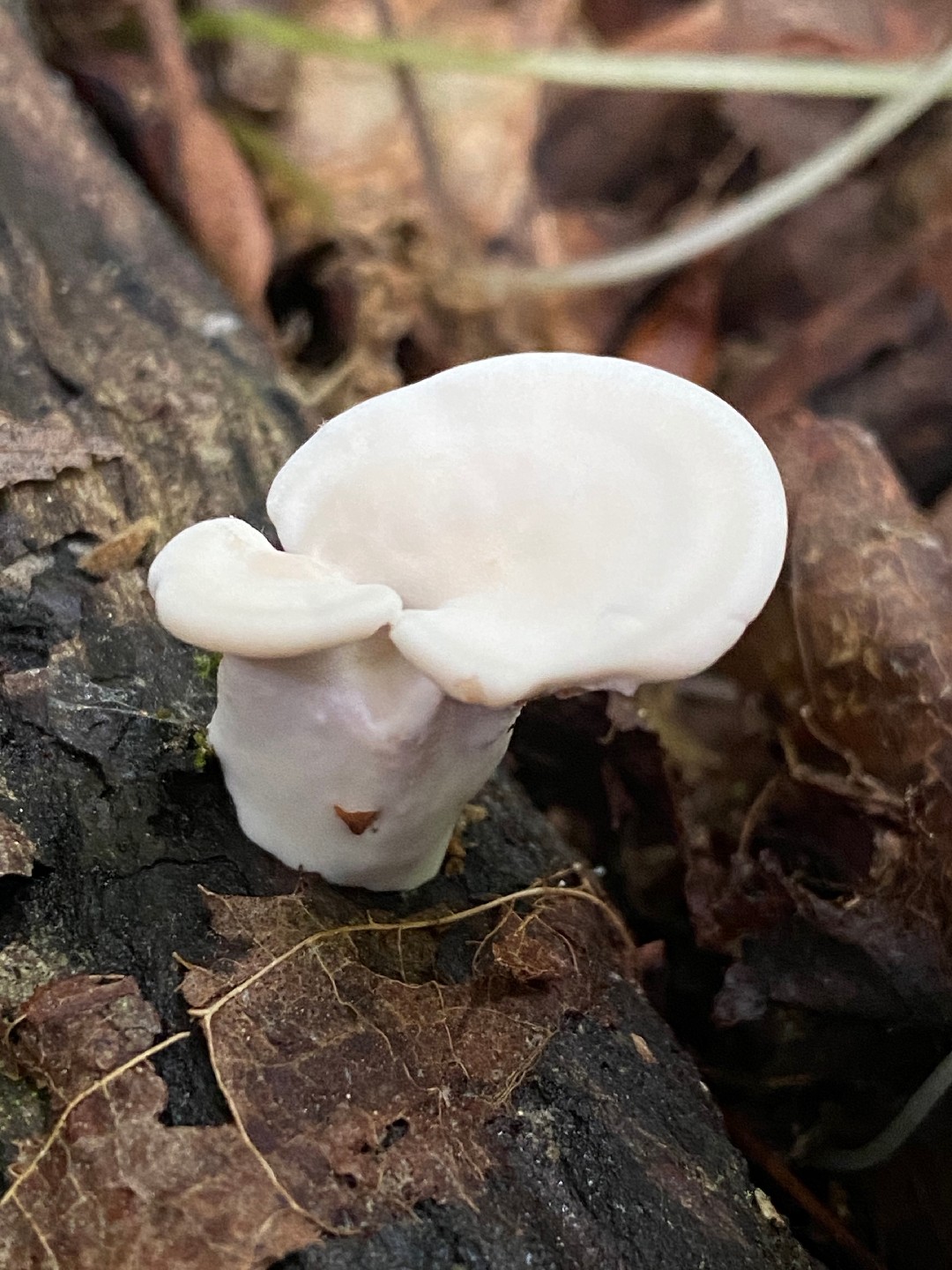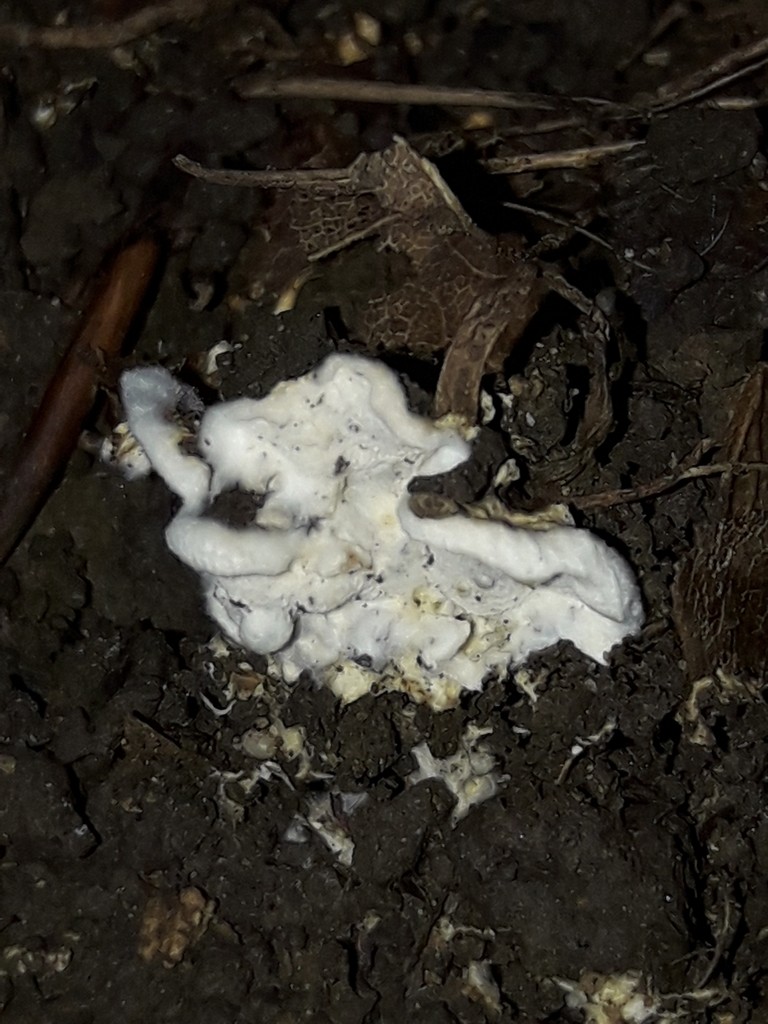Loweomyces
Nome scientifico: Loweomyces
Loweomyces
Nome scientifico: Loweomyces
 Photo By Amanda Schabdach
Photo By Amanda Schabdach Descrizione
Loweomyces è noto per la sua crescita unica su legno in decomposizione e spesso forma corpi fruttiferi con una consistenza morbida e coriacea. Questi funghi mostrano una colorazione delicata e spesso sorprendente, variando dal bianco crema a tonalità giallastre. Svolgono un ruolo cruciale nell'ecosistema decomponendo il legno morto, contribuendo al riciclo dei nutrienti.
Specie di Loweomyces

 Photo By Amanda Schabdach
Photo By Amanda Schabdach Classificazione scientifica
Divisione
Basidiomiceti Classe
Agaricomycetes Ordine
Polyporales Famiglia
Meruliaceae Genere
Loweomyces 